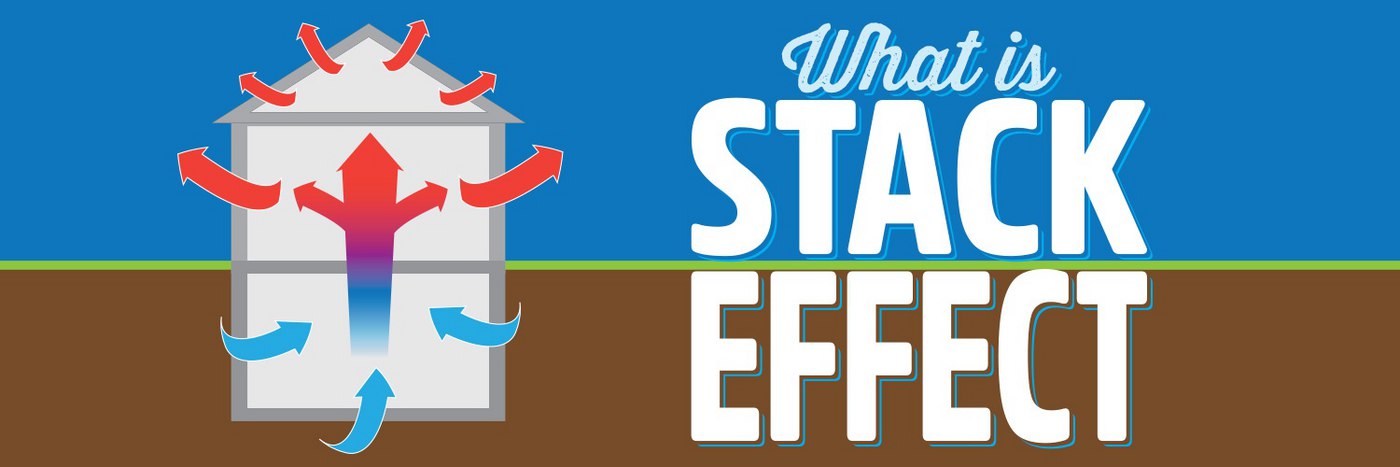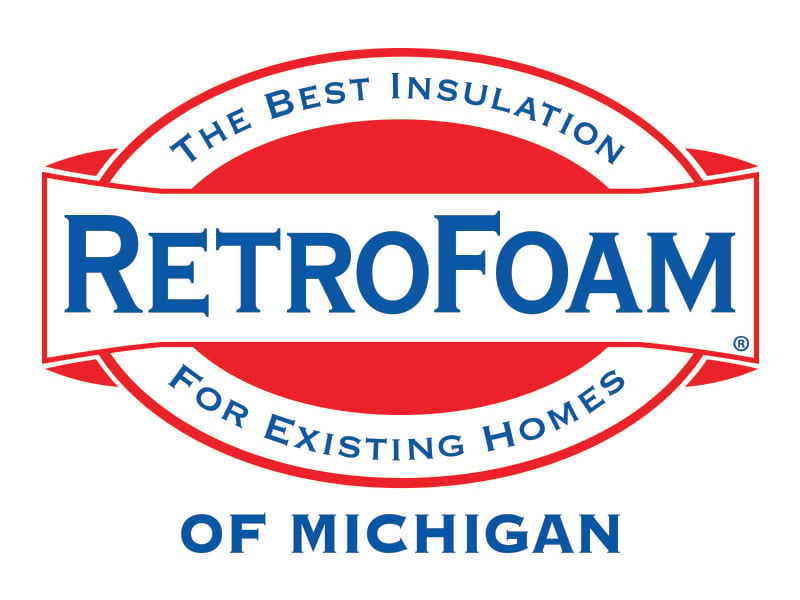What is Stack Effect? (Definition/Importance/Impact)


Just imagine all that outdoor air sneaking into your home, rising from your basement or crawl space, traveling up your walls, and escaping out of your attic like it's on a mission.
Sounds like a refreshing breeze, right? Well, not exactly.
This invisible airflow may seem harmless, but it's quietly sabotaging your comfort and hiking up your energy bills. It's called the stack effect, and it's one of the biggest reasons your home can feel drafty in winter, hot in the summer, and downright uncomfortable year-round.
Since 2002, RetroFoam of Michigan has been working with homeowners to create the air seal they need to keep that outside air from making its way inside.
Let's break down what the stack effect in a house really is, how it works, and how air seal insulation can stop it in its tracks.
What is the Stack Effect?
Stack effect, also known as chimney effect, is a natural phenomenon that causes air to move vertically through a building, according to My Home Science.
Here's how it works:
- In the winter, warm air inside your home rises and escapes through the upper levels -- your ceilings, attic, and roof.
- As that warm air exits, it creates a vacuum that pulls cold air in from lower parts of the home, like your basement or crawl space.
- In the summer, the process can reverse slightly, pulling in hot, humid air that your air conditioner now has to fight against.
So, if you've ever wondered, "Why does my home feel drafty even with the windows closed?", the answer might be stack effect house problems.
Why Stack Effect is a Problem in Homes and Buildings
The taller the structure, the stronger the stack effect in buildings becomes.
For homeowners, this can mean:
- Uneven temperatures across floors
- Constant HVAC use to maintain comfort
- Higher monthly energy bills
- Indoor air quality issues as outdoor allergens and pollutants get pulled inside
Traditional insulation like fiberglass or cellulose isn't airtight -- it lets air pass through or even shift around. In your attic, for example, that moving air can push fiberglass insulation to the edges, leaving large gaps with zero thermal protection.
And let's not forget moisture. That same moving air can bring in humidity that contributes to mold, mildew, and insulation damage.
How to Stop the Stack Effect with Air Seal Insulation
If you want to fix the stack effect in your house, the solution starts with stopping air movement, and that means creating an air seal.
The key is to seal your entire building envelope:
- Crawl space or basement: Stop the entry point of unconditioned outside air.
- Exterior walls: Insulate and seal around outlets, windows, and gaps.
- Attic: Prevent conditioned air from escaping and unconditioned air from entering.
Spray foam insulation is one of the few materials that actually creates an air seal, filling all the tiny cracks and gaps where air can leak. It's rigid, it won't shift, and it stops that air movement in its tracks.
But here's something important to keep in mind -- partial air sealing can make the stack effect worse. For example, if you only seal your walls and leave your attic unsealed, you've just created more pressure for air to find a way out at the top. That's why sealing from bottom to top is the best approach.
Why Air Sealing Matters for Comfort and Energy Savings
When you control the stack effect by sealing your home with foam insulation, you gain:
- Better control over indoor temperature
- Lower energy consumption and bills
- Reduced dust, allergens, and outdoor pollutants
- Fewer drafts and cold spots
- Improved indoor air quality
It's a win across the board for your wallet, your comfort, and your home's health.
Is Your Home Fighting the Stack Effect?
Now that you understand how the stack effect affects your home's comfort and energy efficiency, it's time to ask: Does your home need updated insulation?
Use our free 18 Signs and Symptoms Checklist to find out if your insulation is falling short. If you want to learn more about foam insulation, check out our Learning Center.
Key Points:
- What is stack effect? It's the upward movement of air inside your home, drawing in outside air from the bottom and leaking out conditioned air at the top.
- Why it matters: The stack effect causes higher energy bills, drafts, moisture issues, and poor indoor quality.
- Traditional insulation won't fix it: Fiberglass and cellulose can't stop air movement.
- Spray foam creates an air seal: It stops uncontrolled airflow and addresses the root of stack effect problems.
- Seal from bottom to top: A full-building air seal is the most effective way to fix stack effect in buildings and homes.
Related Articles
What is a Building Envelope? (Definition/Importance)
What is Air Sealing a Home? (Definition/Importance/Methods)
R-Value vs. Air Seal: What is More Important When Buying New Insulation?
About Amanda Emery
Amanda previously has worked as a breaking news and crime reporter, TV news producer, and editor in Flint and Detroit. Throughout her career as a journalist, she has won several awards from The Society of Professional Journalists - Detroit Chapter and the Michigan Press Association. As part of the RetroFoam of Michigan family, Amanda uses her experience as a journalist to write content that will help educate homeowners on the benefits of foam insulation. When Amanda isn’t writing, she’s spending time with her husband and rescued huskies. She also loves knitting, making art, cooking, and hosting dinner and a movie night for friends and family.


